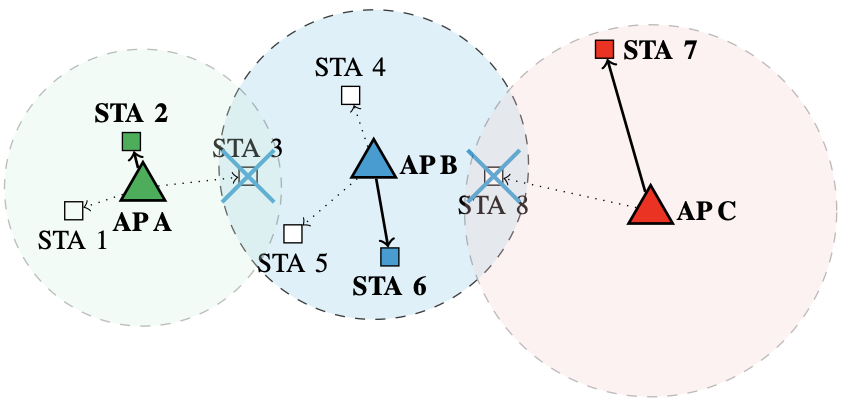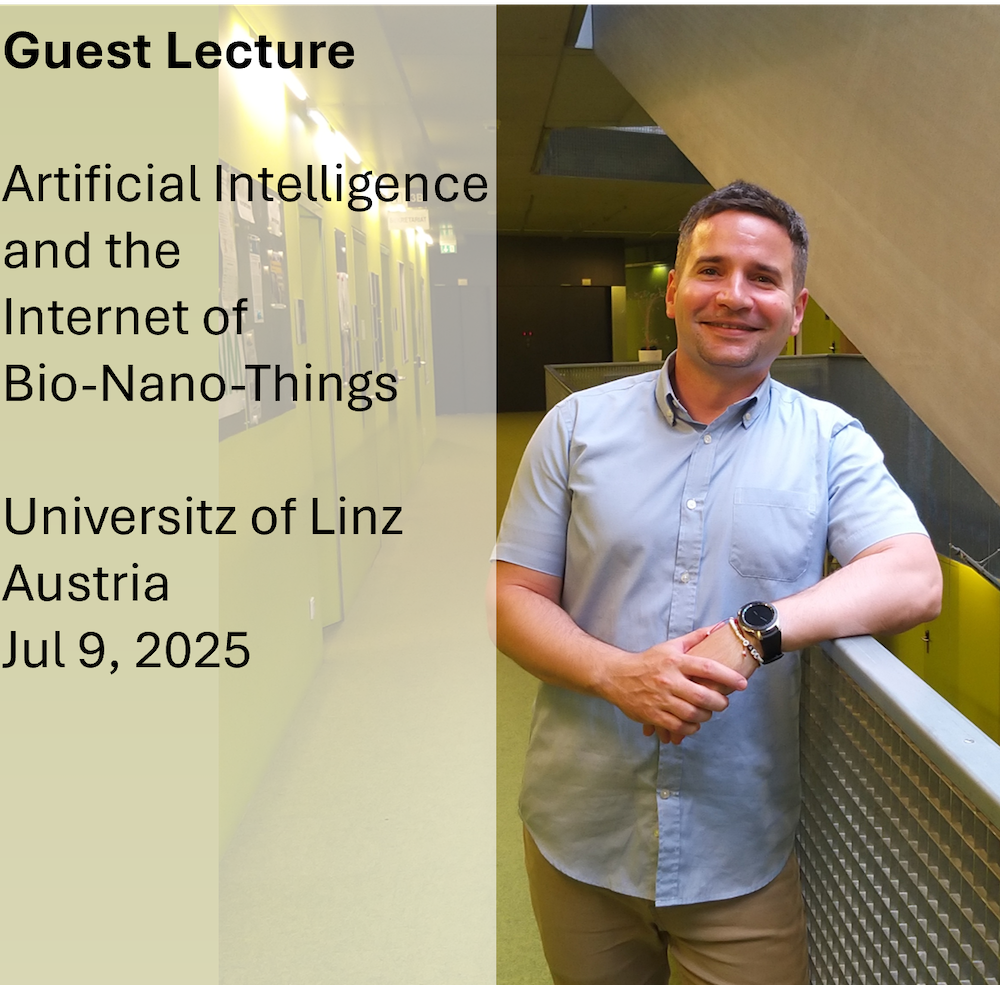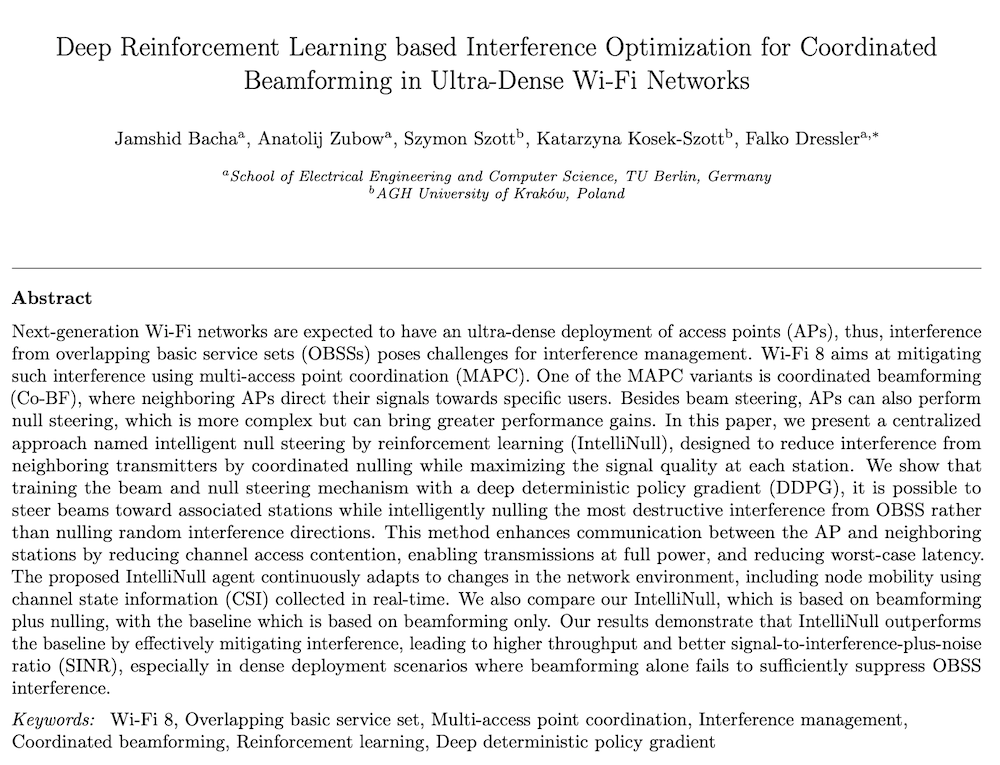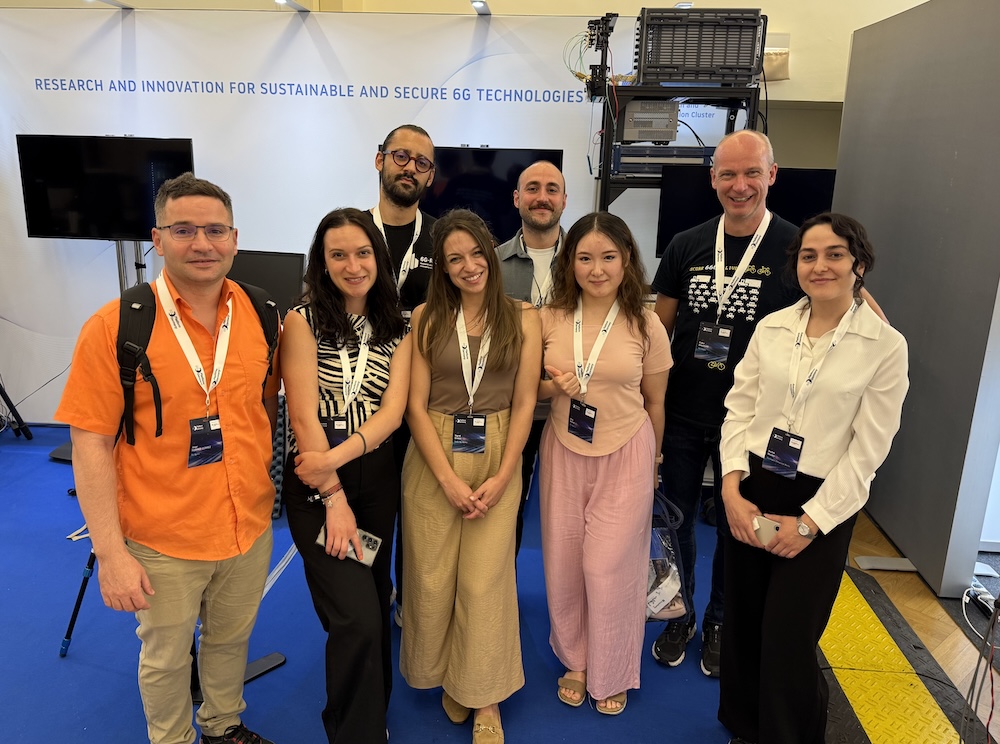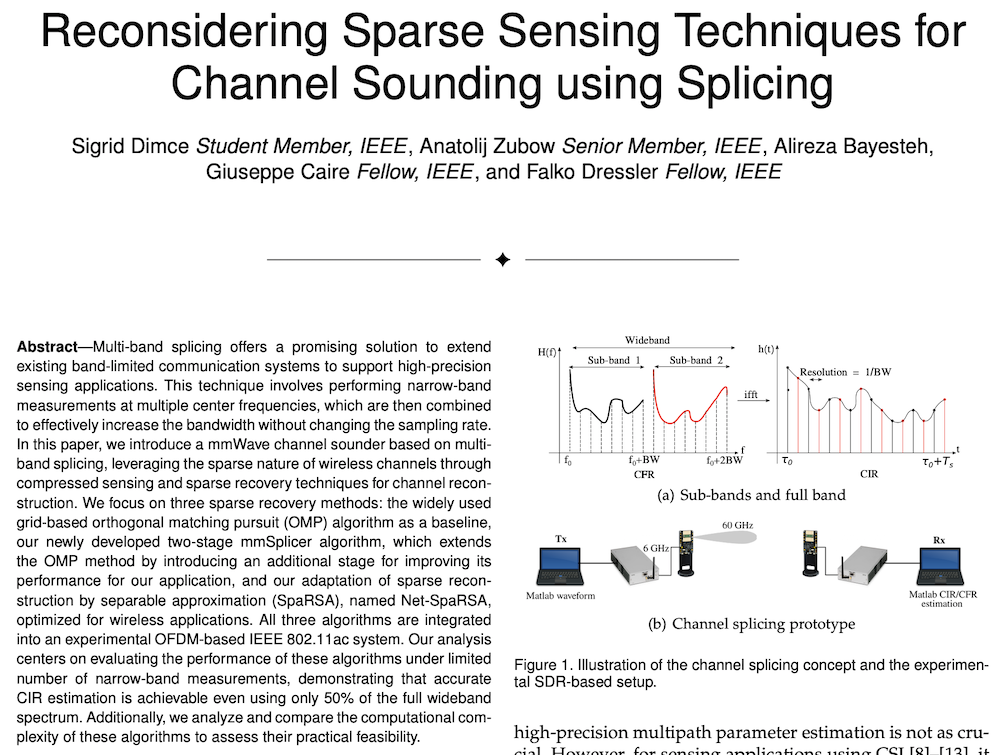Literature Database Entry
memedi2021vehicular
Agon Memedi and Falko Dressler, "Vehicular Visible Light Communications: A Survey," IEEE Communications Surveys & Tutorials, vol. 23 (1), pp. 161–181, January 2021.
Abstract
Visible Light Communications (VLC) is becoming a mature communication technology, particularly for indoor usage. The application in outdoor environments is especially interesting in the scope of Vehicular VLC (V-VLC), however, there are some critical challenges remaining. In general, VLC is a good complement to Radio Frequency (RF)-based communication. For automotive use cases, V-VLC can benefit from the huge available spectrum and the readily available Light Emitting Diode (LED)-based lighting systems of modern cars. Its Line Of Sight (LOS) characteristics, the directionality of the light, and the smaller collision domain substantially reduces interference. In this survey article, we study the state of the art of V-VLC and identify open issues and challenges. We study the V-VLC communication system as a whole and also dig into the characteristics of the VLC channel. For the beginner in the field, this review acts as a guide to the most relevant literature to quickly catch up with current trends and achievements. For the expert, we identify open research questions and also introduce the V-VLC research community as a whole.
Quick access
Original Version ![]() (at publishers web site)
(at publishers web site)
Authors' Version ![]() (PDF on this web site)
(PDF on this web site)
BibTeX ![]()
Contact
BibTeX reference
@article{memedi2021vehicular,
author = {Memedi, Agon and Dressler, Falko},
doi = {10.1109/COMST.2020.3034224},
title = {{Vehicular Visible Light Communications: A Survey}},
pages = {161--181},
journal = {IEEE Communications Surveys \& Tutorials},
issn = {1553-877X},
publisher = {IEEE},
month = {1},
number = {1},
volume = {23},
year = {2021},
}
Copyright notice
Links to final or draft versions of papers are presented here to ensure timely dissemination of scholarly and technical work. Copyright and all rights therein are retained by authors or by other copyright holders. All persons copying this information are expected to adhere to the terms and constraints invoked by each author's copyright. In most cases, these works may not be reposted or distributed for commercial purposes without the explicit permission of the copyright holder.
The following applies to all papers listed above that have IEEE copyrights: Personal use of this material is permitted. However, permission to reprint/republish this material for advertising or promotional purposes or for creating new collective works for resale or redistribution to servers or lists, or to reuse any copyrighted component of this work in other works must be obtained from the IEEE.
The following applies to all papers listed above that are in submission to IEEE conference/workshop proceedings or journals: This work has been submitted to the IEEE for possible publication. Copyright may be transferred without notice, after which this version may no longer be accessible.
The following applies to all papers listed above that have ACM copyrights: ACM COPYRIGHT NOTICE. Permission to make digital or hard copies of part or all of this work for personal or classroom use is granted without fee provided that copies are not made or distributed for profit or commercial advantage and that copies bear this notice and the full citation on the first page. Copyrights for components of this work owned by others than ACM must be honored. Abstracting with credit is permitted. To copy otherwise, to republish, to post on servers, or to redistribute to lists, requires prior specific permission and/or a fee. Request permissions from Publications Dept., ACM, Inc., fax +1 (212) 869-0481, or permissions@acm.org.
The following applies to all SpringerLink papers listed above that have Springer Science+Business Media copyrights: The original publication is available at www.springerlink.com.
This page was automatically generated using BibDB and bib2web.

